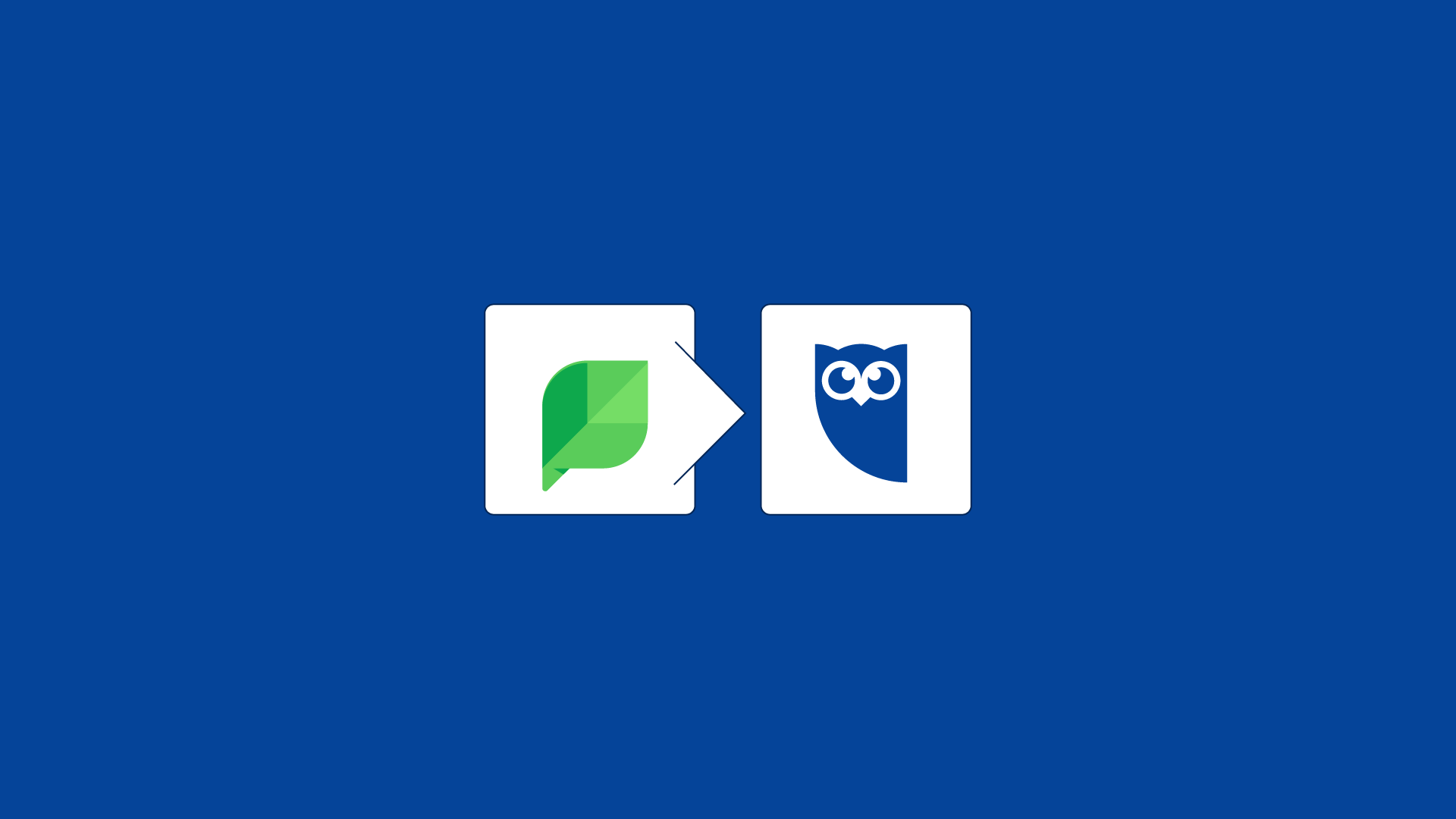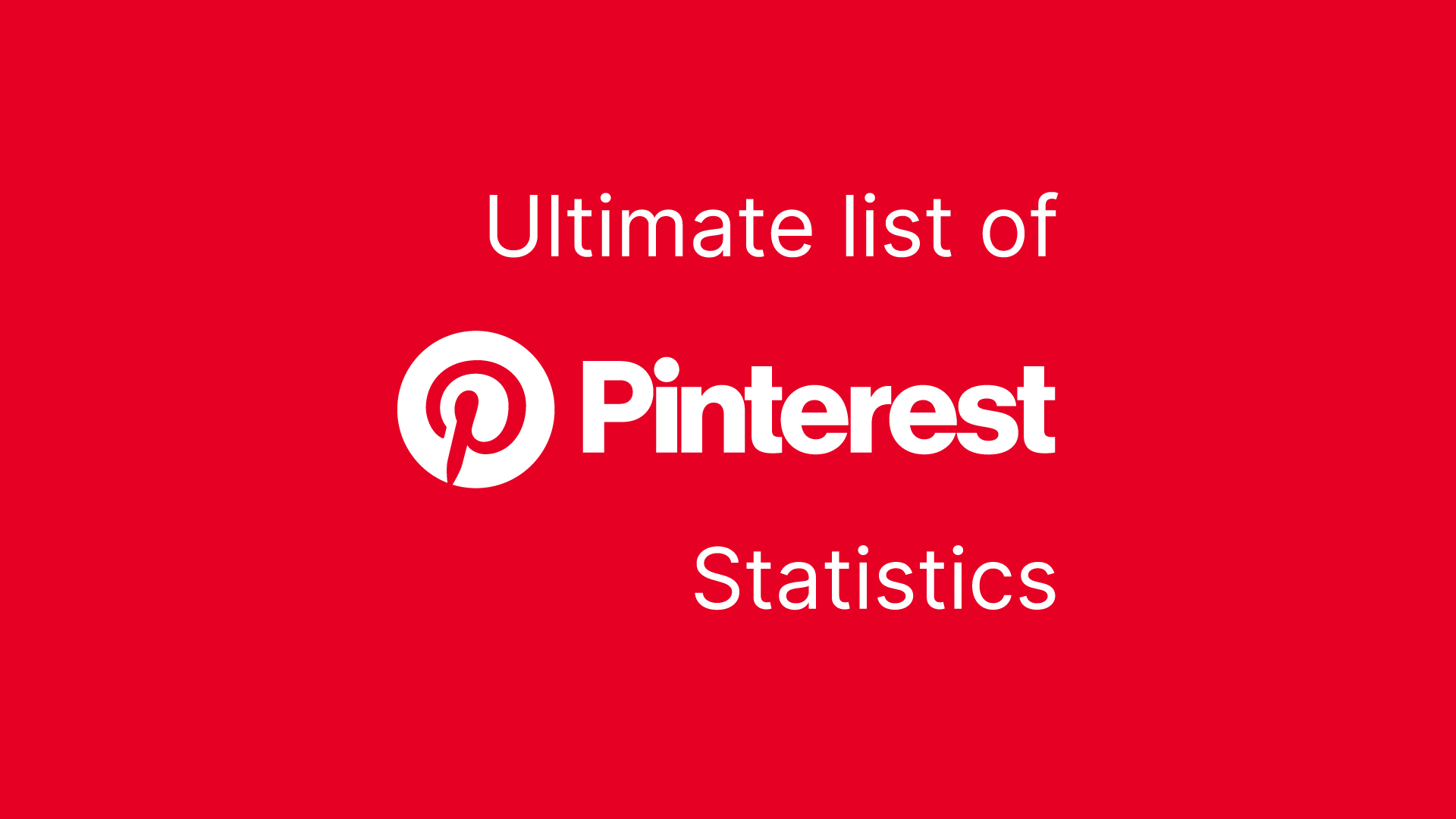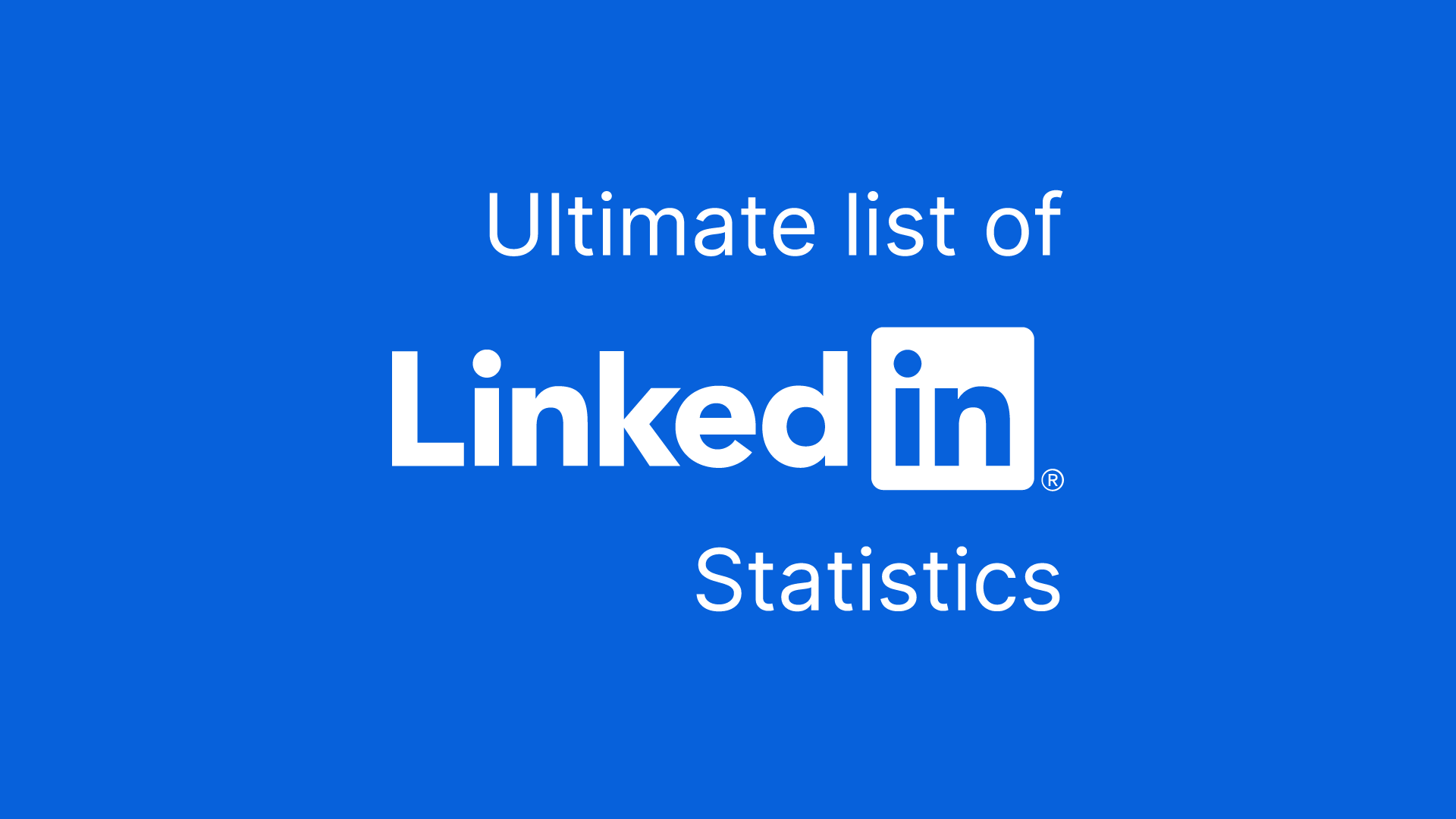|
Getting your Trinity Audio player ready...
|
Managing social media accounts has become increasingly important for businesses. To successfully engage customers and build relationships with stakeholders, having a presence on networks such as Twitter, Facebook, Instagram, and LinkedIn is essential. However, juggling multiple accounts across various platforms can quickly become overwhelming—and that’s when you know it’s time to consider investing in a social media management tool.
A good social media management platform can simplify the implementation of your social media marketing strategy on different social channels and help you monitor the performance of your accounts all in one place.
On top of that, many tools offer insights about your audience so you can tailor campaigns for maximum engagement.
Other useful features include
- Automatic content curation,
- Analytics dashboards to track performance against KPIs,
- A/B testing options for campaigns,
- RSS feed monitoring capabilities to stay informed about industry news and trends, and
- Multiple platform support so you can manage them all from one unified dashboard.
Investing in the right social media management tool could be a game-changer for your business; make sure to weigh the cost carefully before determining if it’s worth it for your organization.
This post looks at the top reasons why you should be using a social media tool to manage your social channels and grow your brand.
Social Media Management Tool
A platform used to streamline the process of managing multiple social media accounts.
What is a Social Media Management Tool?
A social media management tool (also social media management software) is a platform used to streamline the process of managing multiple social media accounts. It allows users to post content, monitor performance, analyze data, and track progress in one place. This type of software usually integrates with most of the top networks.
With the help of a social media management platform, businesses can save time and resources—and use those resources elsewhere to boost their bottom line. Social media management software will make it easier for you and your team to manage day-to-day social media activities.
Why Should I Use a Social Media Management Tool?
Here are some reasons why you should be using a social media management tool to manage your social media marketing campaigns:
Before we go ahead with the reasons here is a quick overview of social media use in 2023:
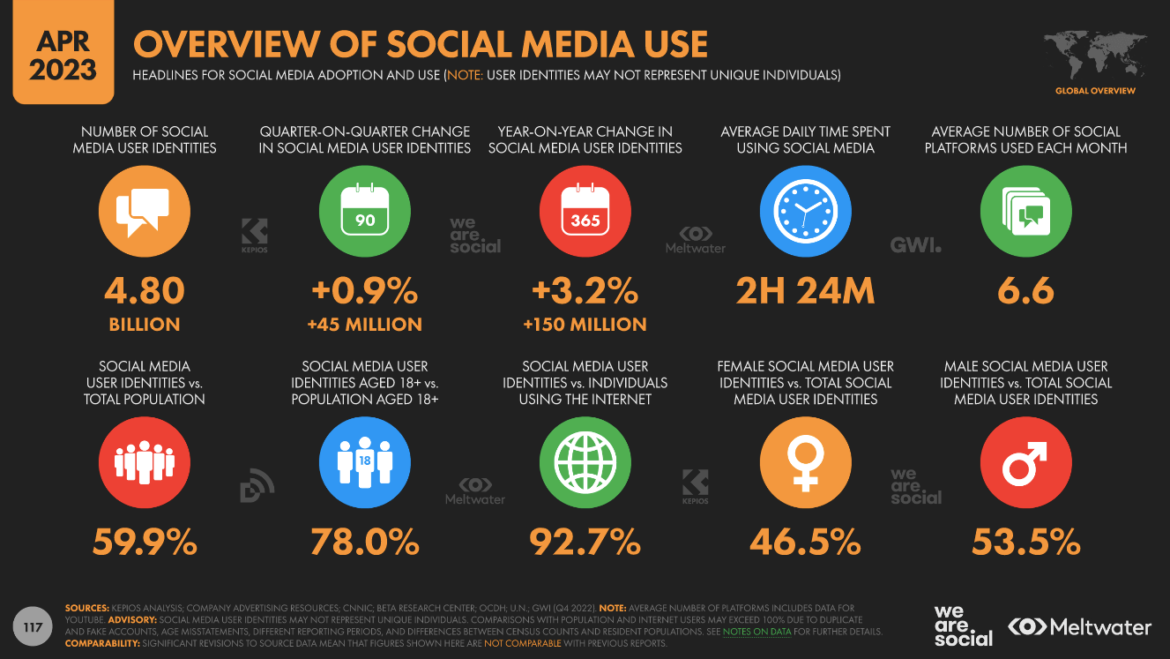
1. Manage Multiple Social Pages
When you have multiple social media profiles on different social networks, it can get messy for you very quickly. This is because keeping track of engagement on each profile is time-consuming. And because each network analytics is fed to you differently, you will need more time to compile the social media data to make it more consumable.
To maintain a consistent voice across the different profiles, as well as to stay up-to-date with relevant conversations, businesses must filter through notifications from multiple sources. This problem is further compounded if you have different product lines, teams, or multiple locations that need to be represented.
Social media management tools can streamline managing your various social media pages. These tools allow you to aggregate all of your messages into one central location, helping you save time and energy from switching between accounts. Sometimes you can also customize the tool you choose to fit your specific needs so that it can track the right conversations for your brand and team.
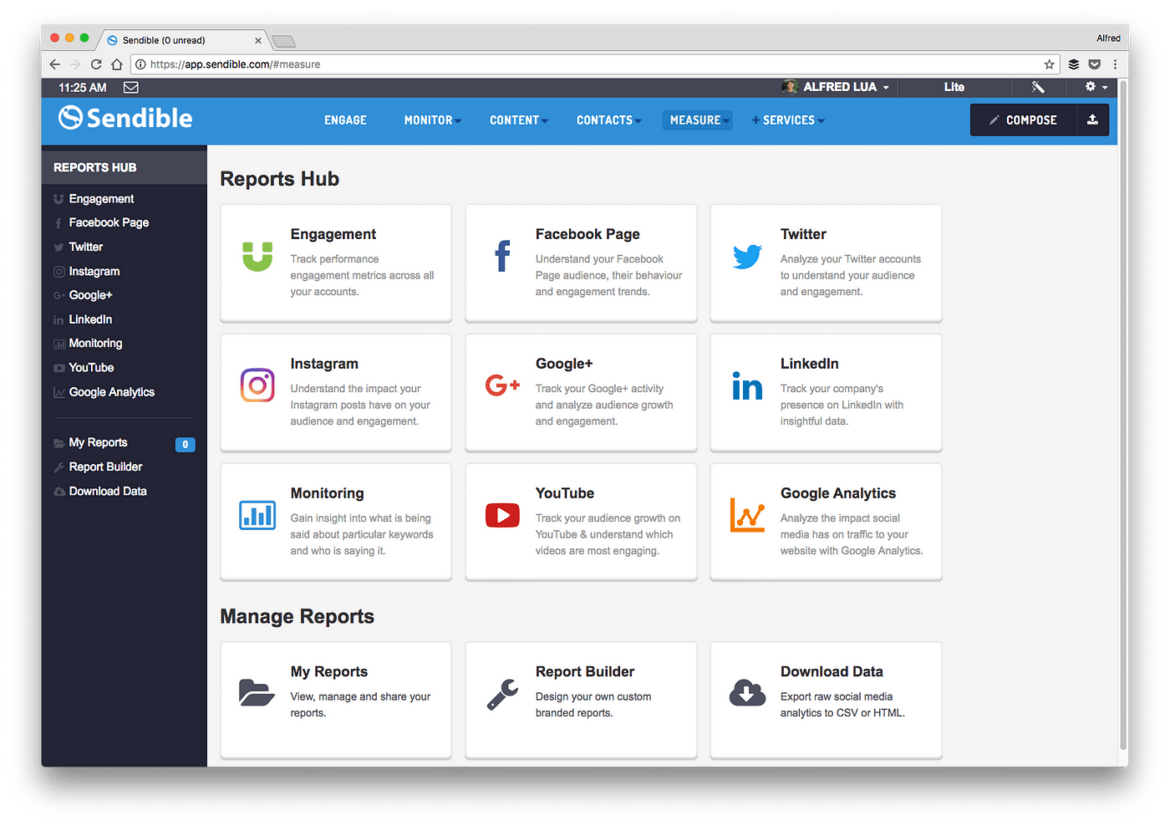
These software tools offer insights into how users are engaging with your social media content so you can better understand what’s resonating with them in real-time.
With this kind of data in hand, you can make meaningful adjustments to your online strategies and capitalize on social media opportunities quickly. You can focus more on refining your social media strategy using these insights rather than trying to understand them.
2. You Will Never Miss Something Important
Managing social media can be a difficult task – notifications, messages, and updates are constantly flying in from multiple networks. If you’re not careful, important information can easily get lost in the shuffle. With the right tools, however, it becomes much easier to ensure that nothing gets overlooked.
For example, Sprout Social provides an excellent solution with its Unified Social Inbox. This feature aggregates all of your incoming notifications into one central hub. Plus, it enables you to quickly locate any given notification or mention based on tags or keywords such as names and accounts.
On top of this, users can mark certain items as completed so they don’t ever mistake them for something they need to get back to in the future. All of these features combined make it extremely simple to never miss anything important on social media.
3. Organize Social Media Conversations
Organizing conversations on social media is an essential task for any social media manager. Being able to remember every conversation that has taken place becomes increasingly difficult with the addition of multiple social networks and even contacts you are in touch with. That’s where a social media management tool comes in—by providing a centralized location of all your conversation data.
Not only does this make it easier to view all conversations, but also makes it more convenient to keep track of them and help manage future conversations. This speeds up the process for both you and your customers, allowing conversations that used to take days or weeks to settle via emails now be easily resolved within hours or minutes through a unified conversation thread on your desired platform.
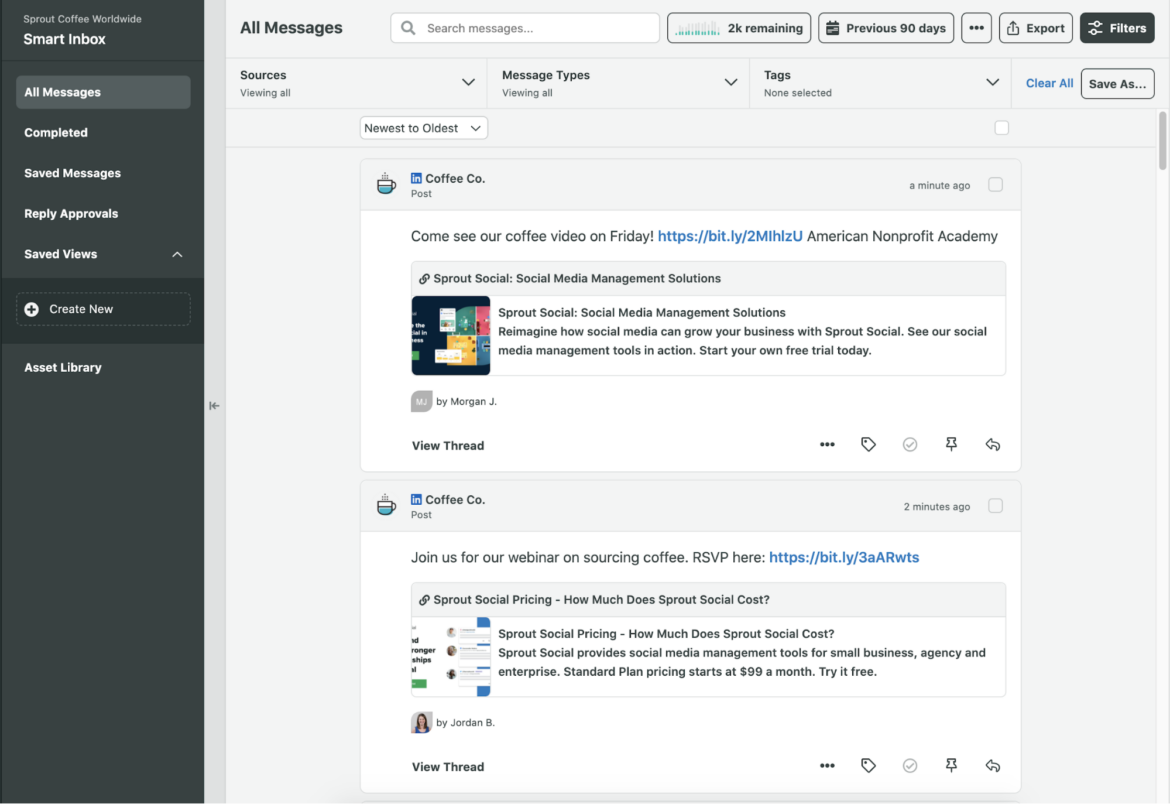
Not only will this save time, but it will improve customer relationships by having more engaging customer service interactions. Sales teams and customer support teams can benefit greatly from this functionality. Of Course, you have to choose the right social media tool to ensure you get the features you need to succeed on social media.
4. Create a Posting Schedule and Posts Ahead of Time
Creating a social media calendar is an effective way for businesses to ensure that their content strategy remains purposeful and consistent. It allows you to plan well in advance and free up some of your time so you can concentrate more on engaging with your customers.
By being mindful and strategic with your posts, your team can handcraft stories about new products or services without sacrificing the immediacy of real-time marketing.
To execute an efficient social media marketing strategy, organizations should make use of tools that will help them schedule posts in advance.

This allows them to get ahead by lining up content before specific time frames like the holiday season or events such as trade shows and conferences. Even educational content can be scheduled for the best times your audience is online and engaging with your content.
Social media tools also give users the ability to curate visuals, craft compelling descriptions, track analytics, and measure progress. Having this kind of control empowers businesses to create a lasting narrative through interesting pieces of content and allows them to remain digitally active without taking much away from their daily responsibilities.
5. Monitor Keywords For Leads and Valuable Information
It is important to monitor brand mentions across social sites to ensure that customer opinions and feedback are seen and accounted for. This means actively listening for any discussion that customers may be having about your product, service, or brand in general.
To do this, you should establish a system for tracking relevant keywords related to your business, such as the name of your company, industry terms, and products or services offered. This way you can quickly join conversations without having to wait for someone to directly tag you.
Monitoring relevant keywords also allows you to track customer sentiment and how people perceive your brand. If appropriate, you can join these conversations to respond appropriately with timely solutions or just thank them for their feedback.
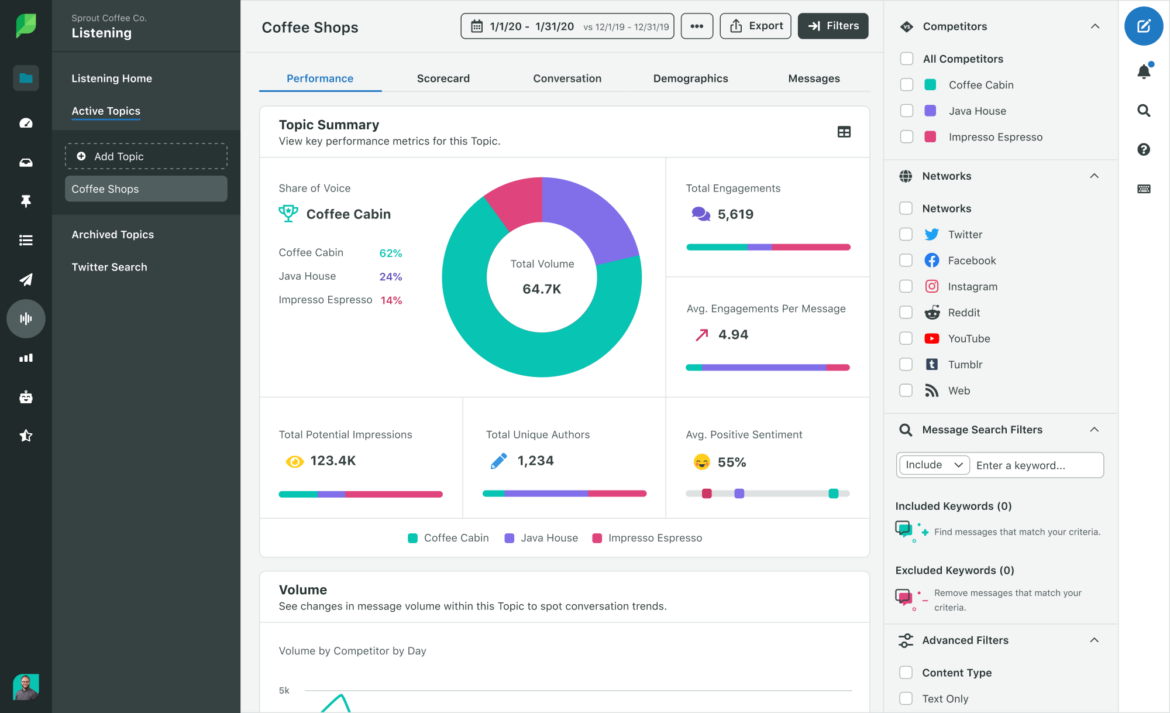
For this kind of task, we recommend Sprout Social. It is one of the best social media tools to use for keeping up with brand mentions and will also allow you to help shape public opinion on your offerings before negative reviews begin to spread out of control.
The keywords and hashtags that are tracked should be adjusted from time to time depending on the conversation at hand to optimize results and stay current with ever-changing topics online.
6. Analyze Social Media Performance
Social media monitoring and performance analysis is great for any brand, big or small. It allows you to look back at your success and make changes based on what did and didn’t work. It’s important to analyze both the performance of your social media campaigns as a whole, as well as your posts over different channels to ensure you’re successful long-term.
When looking at data, there are certain key questions to consider that will help inform marketing decisions moving forward. These include which social networks yield the best results, which demographics are most responsive to content, and what types of posts get the most interaction.
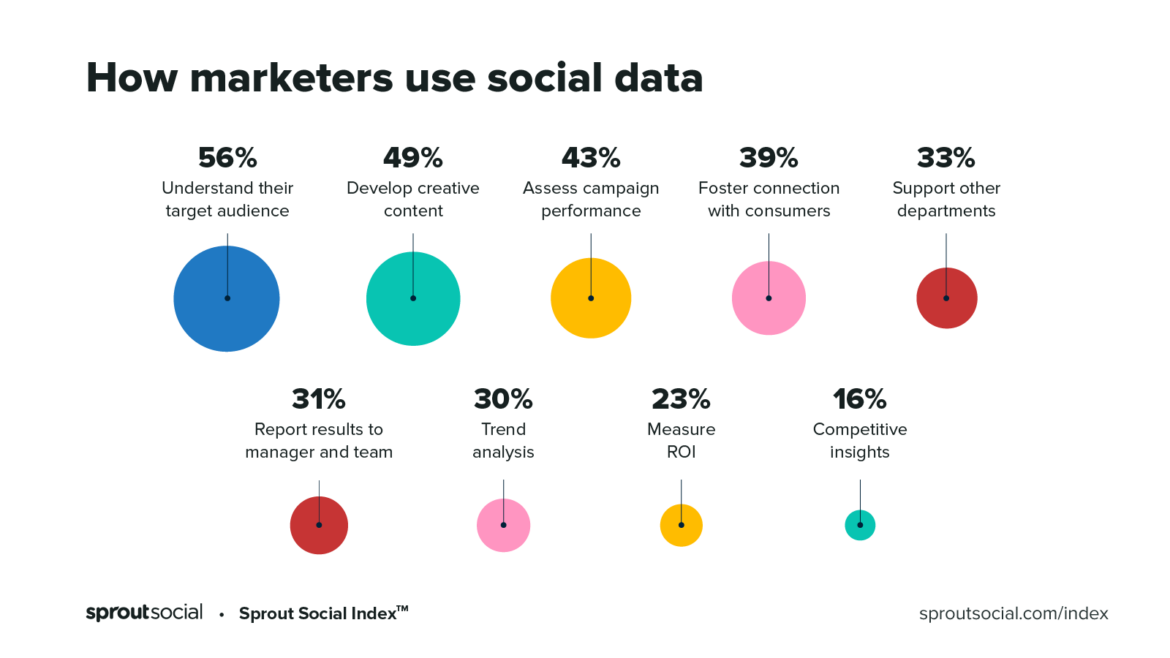
With this understanding in place, brands can create campaigns tailored specifically to their target audience.
Additionally, they have access to information regarding when it is most advantageous for them to post content and can tailor their timing accordingly. An informed deep dive into these areas allows for informed decisions based on your social media performance that lead to increased engagement with users across all platforms.
7. Prove ROI To Your Leaders
For social media marketers, justifying the investment in this marketing platform is vital. However, it can be difficult to prove a return on investment (ROI) to superiors who may not understand the benefits of social media marketing.
To make sure that support for investments persists, it is critical to demonstrate a measurable improvement in key performance indicators (KPIs). With the right tools and posture, marketers can quickly provide proof that their investments lead to tangible results and make an impact on the bottom line.
By making use of social media analytics and data visualization tools to measure key metrics like website traffic, average conversion rate, customer sentiment, customer lifetime value, etc., you can evaluate how your campaigns are impacting your top and bottom lines.
You should also track how competitors in similar markets are utilizing various forms of digital marketing—such as email campaigns or display advertising—to benchmark progress against them. This will allow you to compare the effectiveness of each approach while creating a clearer picture of which channels contribute where.
Doing so will empower you to make decisions that maximize ROI and build institutional knowledge around digital strategy within your organization.
8. Have Time For Real-Time Social Engagement
Social media automation tools give businesses more time for real-time engagement on social platforms. Automation lets you save time by scheduling posts across multiple channels and provides quick access to your brand’s content library – so you have less manual work creating content.
That way, you can spend that extra time engaging with customers, followers, and influencers at the moment. Being able to respond quickly and consistently to conversations is one of the best ways to build meaningful relationships online and show others that your brand is attentive to customer needs.
Real-time engagement also shows clients that you’re invested in them beyond slapping up an advert or two. By participating in discussions, taking part in surveys, helping people with challenges, and providing valuable advice – not only are you nurturing customer relationships but it helps increase loyalty towards your brand.
Automation gives you the perfect opportunity for a calculated blend of planned content followed up by genuine conversation by being present in the conversations that matter most to your target audience.
9. Easily Enhance Posts With Images
Posting images on social media platforms has been proven to significantly increase engagement and clicks, as compared to those that don’t include any visuals. Studies show that tweets including an image are likely to be shared almost twice as much as those without.
Facebook posts, including quality images, have been connected to higher open rates and click-throughs compared with text-only content. These statistics indicate the tremendous potential for growth businesses can achieve by incorporating custom pictures into their social media posts.
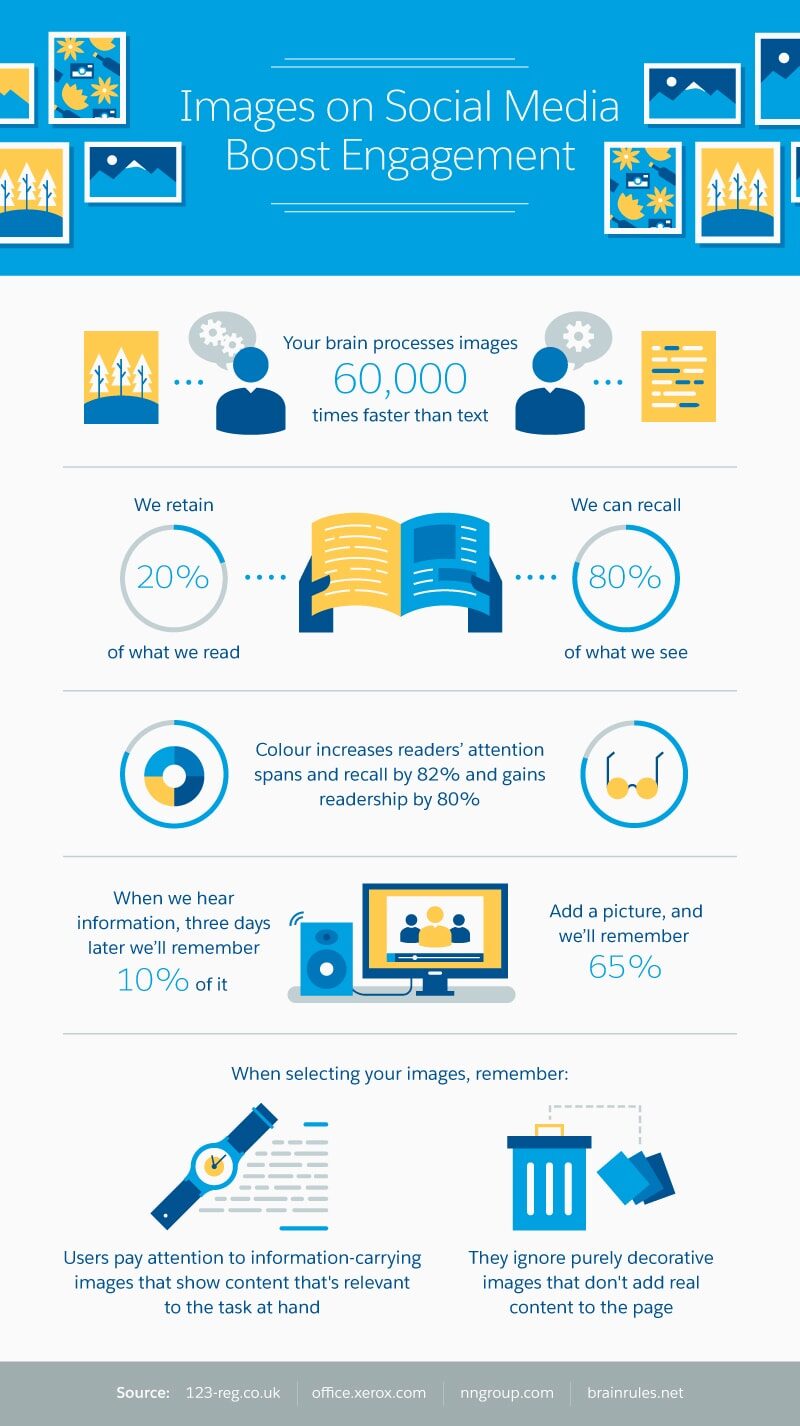
Enhancing your post with custom graphics and images is incredibly easy. You don’t need special skills or expertise – all you need is a laptop and a modern browser. There are plenty of design tools available to help you create exciting visuals, even if you’re not particularly experienced in graphic design.
In addition, there are hundreds of websites offering free stock photos which can make it easy for businesses to access high-quality imagery quickly and easily. By following these simple steps, businesses of all sizes will be able to develop more effective posts, bring the public attention to their brand, and reach more potential customers than before.
10. Simplifies The Content Creation Process
Social media content curation can be a time-consuming task, but luckily there are ways to streamline the process. The first step is to identify what kind of content you want to curate and create a strategy for finding that content. This might include using keywords to search hashtag conversations on Twitter or creating RSS feeds for industry blogs and websites.
Additionally, you can also use online tools like Scoop. It or even plug-ins such as Dlvr. it, which allows social media users to query several sources with one search, helping make the content curation process much more efficient.
Once you’ve identified your content sources, it’s important to track their performance. Use analytics data from each platform you manage (e.g., likes and shares on Facebook) to get a better understanding of what types of content generate the most engagement with your audience.
By focusing on increasing engagement rates rather than just churning out content, you will not only save time but achieve greater success in the long term with your social media strategies.
11. Creates Uniformity and Consistency Easier
Establishing uniformity and consistency across social media is key to successful branding. With a single tool that keeps accounts in order, we can achieve this consistency and maintain the all-important coherence of our business’s identity. Our business’s voice, color scheme, visuals, and posts must be consistent regardless of what social media platforms we use.
Take for example anyone who enjoys following a particular brand or influencer on multiple networks; it creates a smooth experience when they see something recognizable each time they visit each platform. This comes from careful coordination and thorough planning to ensure every account reflects the same brand voice and visual identity.
These seemingly small details create unity in the showcasing of our organization’s message and ultimately lead to greater customer satisfaction, improved conversion rates, and increased reviews/recommendations, followed by better Brand Awareness with minor effort
12. To Manage Customer Relationships
Building a great relationship with customers is essential for any business. This begins with understanding each customer’s unique needs and preferences, which requires careful tracking and management of interactions. Using a customer relationship management tool is a helpful way to stay on top of your customer relationships.
Every time you interact with that customer, it will register in the tool so you can keep an eye on progress over time and gain insight into how best to manage the interaction.
Through using this kind of tool, you can easily mark relevant notes regarding that person’s particular experience as a consumer or potential buyer to help your team know exactly what kind of approach they need to take to engage successfully.
Additionally, you can use tracking features to keep up to date with where that person is at in their journey throughout the sales cycle, alerting your team if they are getting close to conversion so they can reach out when appropriate.
Overall, by taking advantage of customer relationship tools, you can improve communication and foster better relationships that will ultimately lead to more sales and better retention rates among your existing customers.
12. To Manage Customer Relationships
Building a great relationship with customers is essential for any business. This begins with understanding each customer’s unique needs and preferences, which requires careful tracking and management of interactions. Using a customer relationship management tool is a helpful way to stay on top of your customer relationships.
Every time you interact with that customer, it will register in the tool so you can keep an eye on progress over time and gain insight into how best to manage the interaction.
Through using this kind of tool, you can easily mark relevant notes regarding that person’s particular experience as a consumer or potential buyer to help your team know exactly what kind of approach they need to take to engage successfully.
Additionally, you can use tracking features to keep up to date with where that person is at in their journey throughout the sales cycle, alerting your team if they are getting close to conversion so they can reach out when appropriate.
Overall, by taking advantage of customer relationship tools, you can improve communication and foster better relationships that will ultimately lead to more sales and better retention rates among your existing customers.
Choose the Best Social Media Management Tool
Social media management tools are essential for businesses that want to achieve success on social media. Having an organized approach to managing various social accounts can make it much easier to manage your social media presence without having to manually log into each account separately.
To maintain a strong presence on social media platforms, it’s essential to have the right tool at hand. One of the best ways to do that is to choose a social media management tool.
There are many different types of social media management tools out there, each providing certain features depending on your business needs and goals. When deciding between them, it’s important to consider factors like automation capabilities, ease of use, platform integrations, and analytics tracking.
One of these tools that we recommend highly is Sprout Social, which offers one such comprehensive and intuitive tool. Sprout Social allows users to post content, monitor industry trends, and engage with customers across different platforms in a single location. Even if you’re not ready to use a social media tool yet, explore various options so you can compare the features available and make an educated decision when the time comes





